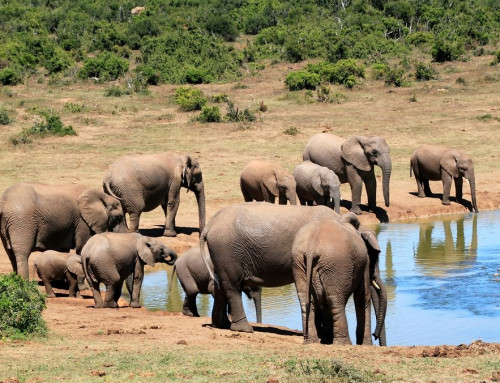
Maize farm near Harare
ZIMSEC O Level Geography Notes:Agriculture:Farming types in Africa:Maize farming in Zimbabwe
Growing conditions and growing area
- Staple food crop of Zimbabwe.
- Production is 2.8 million tonnes.
- Annually with 70% from communal farmers.
- Main producing area-ecological region 2.
- Rainfall-minimum 890 mm, otherwise supplement with irrigation temperature about 21° C but anything between 15°C and 25°C would do.
- Soils are red clayey soils are the best, black earths also do, where soils are loams or sandy, much fertilizer should be used.
- Seeds, hybrids from the Zimbabwe Seed Maize Association (ZSMA) are used, sown by seed drills in straight line on ploughed and harrowed land.
- If sown in September/October, irrigation is necessary.
- Weeding is done by hand or using cultivators.
- Spraying is also done against stalk borers and other pests.
- After tasseling, the cobs dry on the stalks, ready for harvesting.
Processing and marketing
- Maize processing is a simple task done after harvesting.
- Harvesting is done by hand, cutting the plants and heaping stakes for later shelling or it is done by hired combined harvestors which also shell.
- The maize is delivered to the Grain Marketing Board (GMB) which stores it either in silos or on protected platforms at growth points.
- Millers get it from here to make maize meal or they buy directly from farmers after it has been packed in sacks.
- Cooking oil manufactured also buy the maize from the GMB. The crop is also used as cattle feed, either as green fodder or the cob and its seeds.
- Much is exported to other countries in the region especially Zambia and Mozambique.
Problems
- Pests like the maize stock borer, weevils and army worms may destroy the crop.
- Drought is another serious problem farmers have to take precautions by sinking very deep boreholes.
- Low prices on the local market has meant that commercial farmers have abandoned the crop or the more lucrative tobacco, cotton, paprika or flowers, fixing low producer prices by the government has not helped much.
- Heavy rains leach the soils completely destroying the crop.
- Costs of fertilisers and agro-chemicals have risen tremendously making it difficult for the farmers to survive.
To access more topics go to the O Level Geography Notes page




